Sélectionnez ce type de licence lorsque vous développez une application pour iOS, Android ou Windows Phone et que vous intégrez le fichier de fonte dans le code de votre application mobile.
1529 Champ Fleury Initials
par GLC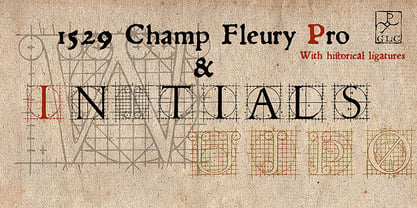
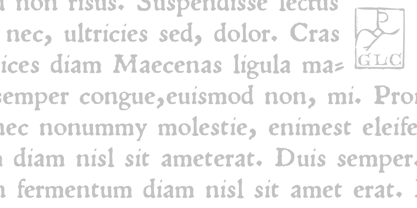
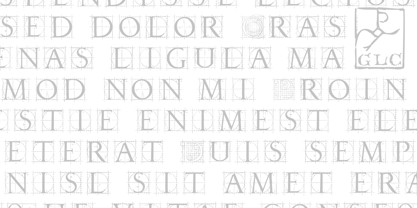
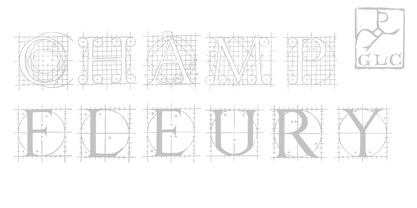
- AaGlyphs
-
Meilleure offreOffres familiales
- Styles individuels
- Spécifications techniques
- Licences
Par style :
$25.00
Paquet de 2 styles :
$50.00
A propos de 1529 Champ Fleury Initials Police Family
En 1529, Geofroy Tory, érudit, graveur, imprimeur, éditeur et poète français, publiait à Paris le célèbre Champ Fleury, imprimé par Gilles de Gourmond. Il s'agit d'un manuel entièrement illustré dans lequel l'auteur explique comment dessiner les caractères romains. Le police utilisé pour le texte - un type Humane/Jenson - n'était pas très beau, mais grossier et prêt à l'emploi, et le livre est bien connu pour ses dessins de majuscules. Nous proposons ici les deux jeux complets de caractères historiques et plus encore - nous avons entièrement redessiné les lettres manquantes : J, U et W, Eth, Lslash, Thorn et Oslash dans les deux formes initiales. Le texte police, 1529 Champ Fleury Regular contient maintenant tous les caractères pour les langues d'Europe occidentale (y compris celtique), baltique, orientale et centrale et turque, et le jeu d'initiales 1529 Champ Fleury Init contient deux alphabets complets, avec un très grand effort pour être aussi proche que possible des images originales.
Concepteurs : Gilles Le Corre
Éditeur : GLC
Fonderie : GLC
Maître d'ouvrage : GLC
MyFonts débout : 20 septembre 2010
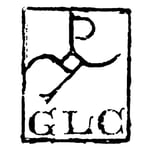
À propos GLC
Gilles Le Corre est né en 1950 à Nantes. Peintre depuis la fin des années 70, il est également graveur et calligraphe. D'aussi loin qu'il se souvienne, il s'intéresse à l'art médiéval et aux livres anciens. Plus récemment, il a fait de l'ordinateur un outil d'écriture au même titre que la plume d'oie et l'encre. Grâce à lui, il veut rendre possible l'impression de livres à l'identique des livres anciens ! Depuis 2007, il s'efforce de reproduire très exactement un large éventail de caractères européens historiques, principalement de l'époque médiévale et des débuts de l'imprimerie - sa période préférée - de 1456 avec Gutenberg jusqu'à 1913 avec une police inspirée d'une véritable machine à écrire ancienne.
En savoir plus
Lire moins